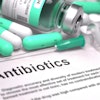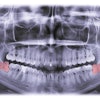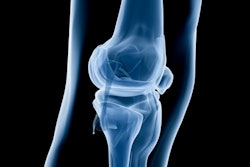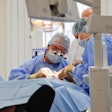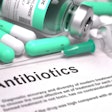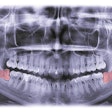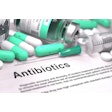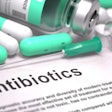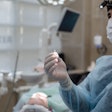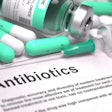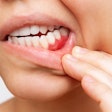
Routine antibiotic prophylaxis (AP) for dental patients who may be at risk of infection from invasive dental procedures costs the U.S. healthcare system more than $150 million annually, according to a study in Oral Surgery, Oral Medicine, Oral Pathology, Oral Radiology (March 2013, Vol. 115:3, pp. 345-353).
But there is little scientific basis for AP prior to dental procedures, noted the study authors, from the Carolinas Medical Center and Wingate University School of Pharmacy.
Prescribing AP before dental procedures is a widespread practice, but it has become increasingly controversial, they wrote. The use of AP stems from the incidence and severity of infection in certain patient populations. In 1955, the American Heart Association (AHA) recommended AP for more than 25 different noncardiac patient populations thought to be at risk for infection following dental procedures. Since then, antibiotics have been widely used for such patients, despite a lack of evidence for efficacy.
The main concerns with the widespread use of AP are life-threatening anaphylactic reactions, an increase in drug-resistant bacterial infections, and the cost to healthcare, the researchers noted.
Medical professionals disagree
To determine the potential economic impact of antibiotic prophylaxis in the U.S., the researchers studied its use in 15 patient populations. Patients at risk for distant site infection were categorized as procedure-based (prosthetic heart valves, cardiovascular implantable electronic devices [CIEDs], heart transplants, prosthetic joints, dialysis shunts, ventriculoperitoneal and ventriculocardiac shunts, vascular grafts, and breast implants) or nonprocedure-based (native heart valve disease, previous endocarditis, congenital heart disease, neutropenia secondary to cancer chemotherapy, systemic lupus erythematosus, and type 1 diabetes).
Using 2007 data from the ADA and the U.S. Centers for Disease Control and Prevention, the researchers found that a majority of Americans go to the dentist at least once a year, but that there is little published data on the average number of dental visits per year for any of the 15 patient groups in this study.
They also found that the potential for bacteremia from each of the many dental procedures is unclear; however, an analysis of claims data from one large insurer showed that more than 85% of 23 million dental office visits in 2008 likely resulted in bacteremia.
"This strongly suggests that dentists will default to covering patients with antibiotics for virtually all office visits and procedures if antibiotic prophylaxis is deemed warranted," the researchers wrote.
However, medical professionals disagree about which patients should get AP for dental procedures, they noted.
"A wide diversity of opinion exists among dentists and physicians concerning patients who should receive AP, especially in the absence of scientific studies and evidence-based, official guidelines," the researchers wrote.
For example, according to recommendations released in 2012 by the ADA and the American Academy of Orthopaedic Surgeons, there is insufficient evidence to recommend the routine use of antibiotics for patients with orthopedic implants prior to having dental procedures, because there is no direct evidence that routine dental procedures cause prosthetic joint infections, the researchers noted.
In addition, the AHA no longer recommends AP for moderate-risk patients with native heart valve disease, which is about 90% of cardiac patients that the group had previously recommended for antibiotics. Also, the AHA no longer recommends AP for patients with CIEDs.
Overall costs of AP
Current AHA recommendations for preventing infective endocarditis suggest 2 g of oral amoxicillin for adults or 600 mg of clindamycin for patients allergic to penicillin-type drugs. After analyzing data from five different retail pharmacy chains, three national pharmacy benefit management organizations, and the website drugstore.com, the study authors determined that the cost of antibiotics in the U.S. ranges from $2.85 to $9.24 per patient.
To determine the total cost of AP in the U.S. annually, the researchers multiplied the range of prevalence for each of the 15 conditions by the range of prophylaxis use, the estimated number of dental visits per year, the range of estimated antibiotic exposure, and the estimated cost for antibiotics (mean cost: $4.03).
The 15 medical conditions and devices included in the study involved more than 20 million people, with an estimated annual cost between $20 million and $144 million, the researchers reported.
"The actual cost may be far greater because of an underestimation of these prevalence figures and the use of antibiotic prophylaxis for additional patient populations," they wrote.
In addition, based on the current 2007 AHA guidelines, only a fraction of the total cost for AP is justifiable based on formal, multidisciplinary guidelines, the researchers noted.
While the cost of AP for an individual is low, the potential cost to the healthcare system may be well over $150 million, they added, and it is expected that the overall cost of this practice will only increase with time.
"Given that there are little or no scientific data to support the use of antibiotic prophylaxis for any of these patient populations, the cost of antibiotics should be factored in with the other cost and risk/benefit considerations by health policymakers and other consensus groups," the study authors concluded.


